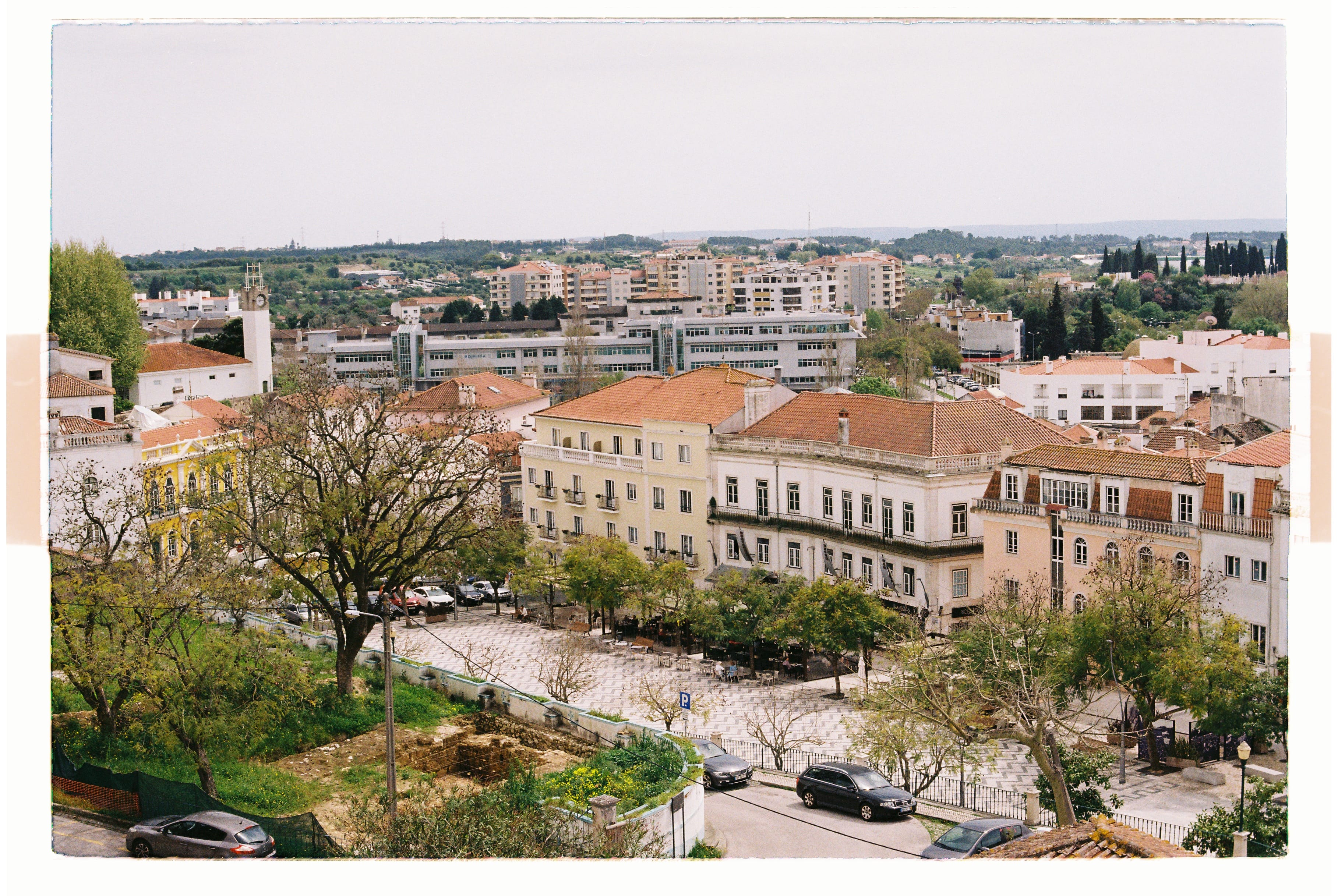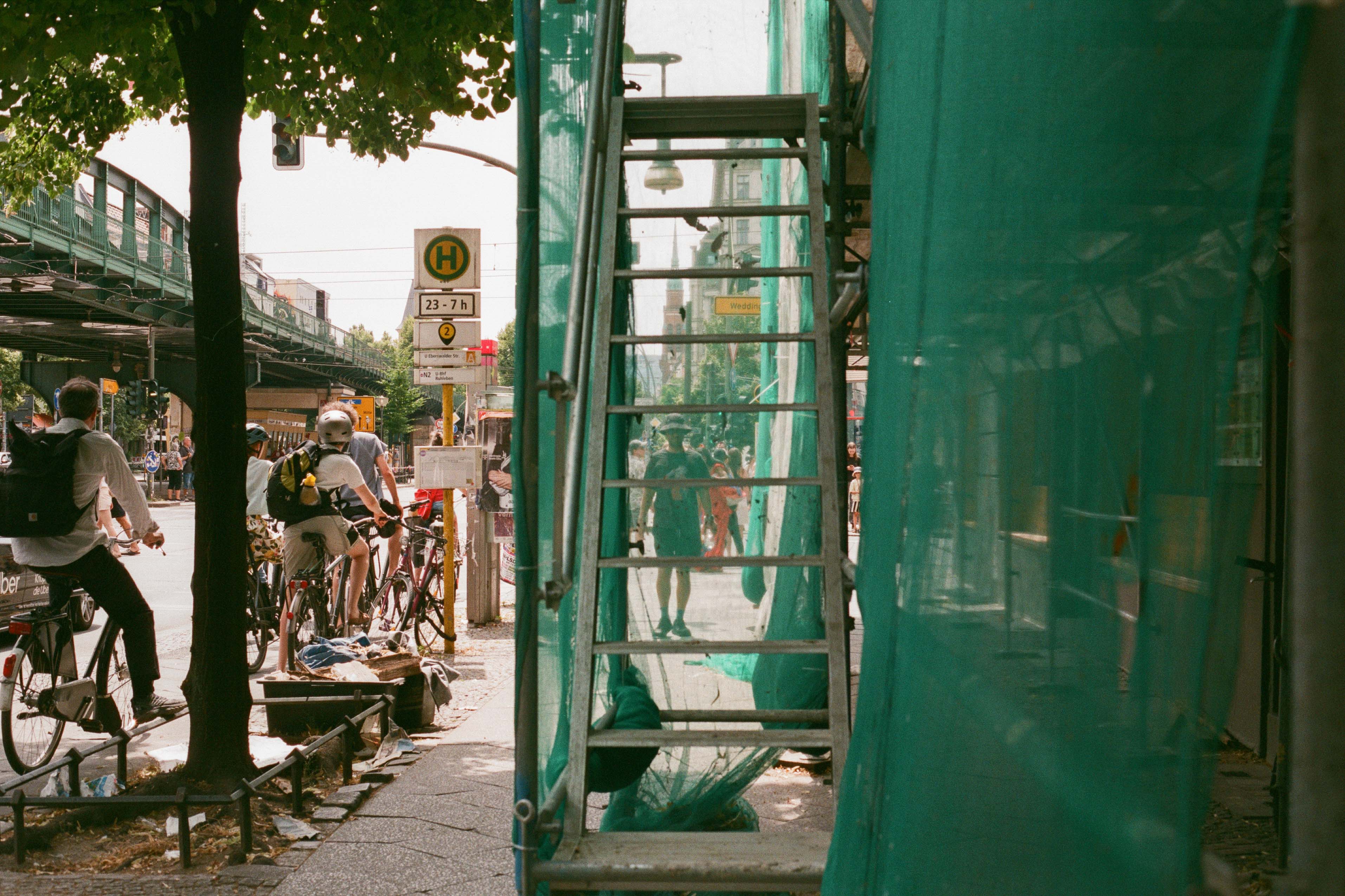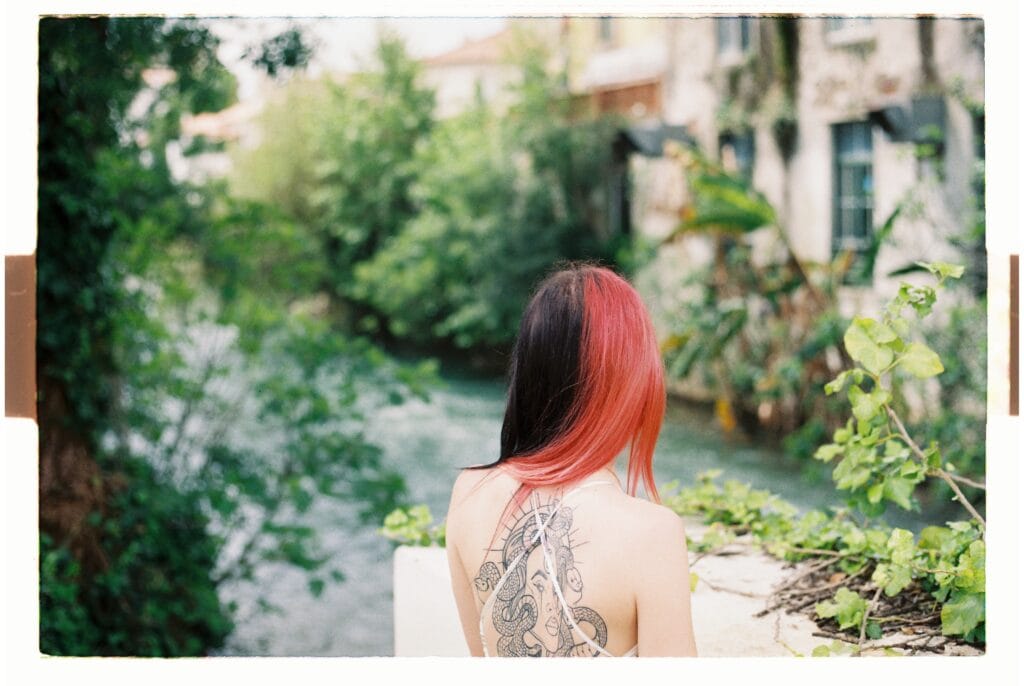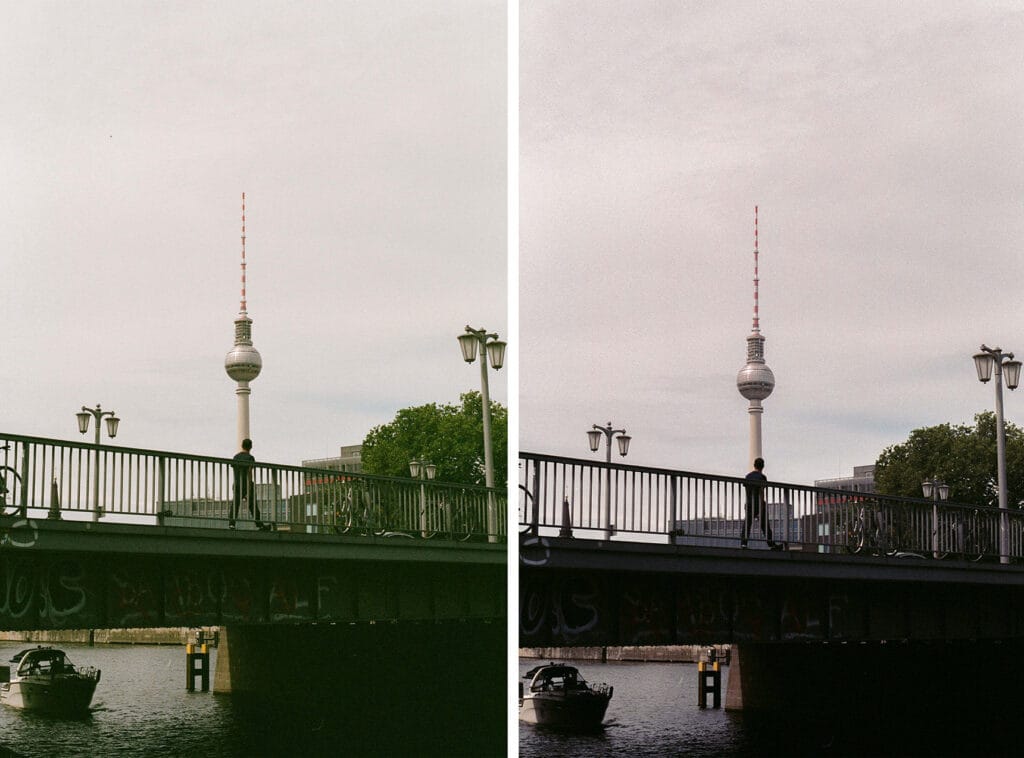Which professional film scanner delivers the best results for your analog photography workflow?
As film photography continues its resurgence, choosing the right lab scanner has become crucial for photographers seeking to digitise their analog work with professional quality. Two scanners dominate the professional film lab landscape: the Fuji Frontier SP-3000 and the Noritsu HS-1800. But which one delivers the results that match your creative style?
I conducted an extensive real-world comparison between these two industry-standard scanners, shooting multiple rolls with identical camera settings and film stock to provide you with definitive insights for your film photography workflow.
The Contenders: Understanding Each Scanner’s DNA
Fuji Frontier SP-3000: The Classic Film Look Champion
 The Frontier SP-3000 has earned legendary status among film photographers for delivering what many consider the quintessential “film look.” This scanner excels at producing:
The Frontier SP-3000 has earned legendary status among film photographers for delivering what many consider the quintessential “film look.” This scanner excels at producing:
- Punchy contrast with vibrant saturation
- Smooth, creamy grain structure
- Exceptional color negative rendering
- Superior skin tone reproduction for portraits
Technical Specifications:
- Maximum resolution: 3,600 × 5,400 pixels (35mm)
- Supports 35mm and 120 medium format
- JPEG and TIFF output options
- Digital ICE dust and scratch removal
- Border and sprocket scan capabilities with manual carriers
Noritsu HS-1800: The Precision Neutral Scanner

The Noritsu HS-1800 takes a different approach, prioritising accuracy and detail preservation over stylized aesthetics:
- Flat, neutral colour reproduction
- Exceptional shadow detail retention
- True grayscale black and white scanning
- Superior slide film accuracy
- Higher resolution output
Technical Specifications:
- Maximum resolution: 4,492 × 6,774 pixels (35mm)
- Supports 35mm, 120, 110, and APS formats
- 8-bit and 16-bit TIFF output
- Digital ICE technology
- Advanced contrast and highlight/shadow control
- Faster scanning speeds
Real-World Testing: The Methodology
To ensure accurate comparison, I maintained strict testing conditions:
Equipment Used:
- Camera: Canon EOS-3
- Lens: Canon EF 50mm f/1.8
- Film: Fuji Superia X-tra 400 (consistent expiration dates)
- Subjects: Street photography and portraits
Testing Process:
- Shot multiple rolls with identical settings
- Sent duplicate rolls to labs using each scanner
- Analyzed results across various exposure conditions
- Evaluated colour accuracy, detail retention, and editing flexibility
Scanner Performance Analysis
Color Film Performance
Fuji Frontier SP-3000 Results: The Frontier delivered on its reputation, producing images that were immediately pleasing to the eye. Skin tones appeared warm and natural, with that coveted “film look” that requires minimal post-processing. The scanner’s strength in colour negative rendering was evident, creating vibrant yet natural-looking results.

Frontier SP-300 colour scan – note the aesthetic “rough border” around the image
Noritsu HS-1800 Results: The Noritsu produced more neutral scans with excellent detail preservation. However, slightly underexposed images exhibited a noticeable green cast in shadow areas – a characteristic I consistently observed during testing. While the scans contained more recoverable information, they required additional colour correction to achieve visually pleasing results.

Noritsu colour scan comparison – original (left) vs edited (right)
Black and White Film Performance
Frontier SP-3000: Struggles with black and white negatives, often introducing colour tints and muddy shadow details rather than achieving true neutral grays.
Noritsu HS-1800: Excels in black and white reproduction with accurate grayscale rendering and exceptional shadow detail preservation, making it the clear winner for monochrome work.
Slide Film (E-6 Process)
Frontier SP-3000: Shows limitations with positive film, often adding unwanted contrast and losing shadow detail.
Noritsu HS-1800: Provides superior slide film scanning with accurate colour reproduction and better detail retention across the full tonal range.
Key Strengths and Limitations
Fuji Frontier SP-3000
Strengths:
- Exceptional color negative film rendering
- Superior skin tone reproduction for portraits
- Classic “film look” with minimal post-processing required
- Smooth grain structure
- Border and sprocket scanning capabilities
Limitations:
- Slower workflow, especially for medium format (frame-by-frame scanning)
- Poor E-6 slide film performance
- Black and white scanning issues with colour tints
- Lower maximum resolution compared to Noritsu
- Struggles with high dynamic range scenes
Noritsu HS-1800
Strengths:
- Higher resolution output (4,492 × 6,774 pixels)
- Excellent black and white film scanning
- Superior slide film accuracy
- Better preservation of shadow and highlight detail
- Faster scanning speeds
- 16-bit TIFF output for enhanced editing flexibility
- Multiple format support (35mm, 120, 110, APS)
Limitations:
- Requires more post-processing for colour film
- Green cast in underexposed shadow areas
- Less immediately pleasing colour negative results
- Can introduce digital noise in dense or overexposed negatives
- May appear “flat” compared to Frontier’s stylized look
Which Scanner Should You Choose?
Choose the Fuji Frontier SP-3000 if you:
- Primarily shoot colour negative film
- Want that classic, vibrant film aesthetic
- Shoot lots of portraits requiring excellent skin tones
- Prefer minimal post-processing workflow
- Value the iconic film look over technical precision
Choose the Noritsu HS-1800 if you:
- Shoot significant amounts of black and white film
- Work with slide film (E-6)
- Need higher resolution scans
- Prefer neutral starting points for extensive post-processing
- Require maximum detail preservation
- Work with high dynamic range subjects
The Verdict: Different Gear for Different Applications
Neither scanner is objectively “better” – they serve different creative philosophies and workflows. The Frontier SP-3000 excels at delivering that coveted film aesthetic straight from the scanner, making it ideal for photographers who want immediate, pleasing results from colour negative film.
The Noritsu HS-1800 prioritises technical accuracy and detail preservation, making it the superior choice for black and white work, slide film, and photographers who prefer neutral scans as a foundation for their own colour grading.
Professional Recommendations
For Portrait Photographers: The Frontier SP-3000’s superior skin tone rendering and classic film aesthetic make it the preferred choice for most portrait work on colour negative film.
For Fine Art Photographers: The Noritsu HS-1800’s neutral approach and higher resolution provide better flexibility for creating exhibition-quality prints.
For Mixed Workflow Photographers: Consider which film types dominate your shooting. Colour negative shooters will prefer the Frontier, while those shooting diverse film stocks (including black and white and slides) will benefit from the Noritsu’s versatility.
The choice ultimately depends on your personal aesthetic preferences, shooting style, and post-processing workflow. I encourage testing both scanners with your typical film stocks to determine which aligns best with your creative vision.
What’s your experience with professional film scanners? Share your thoughts in the comments below.





